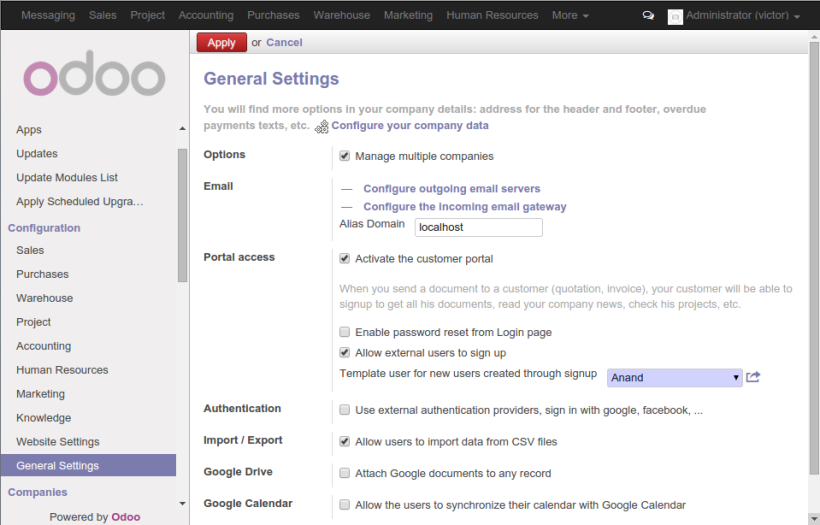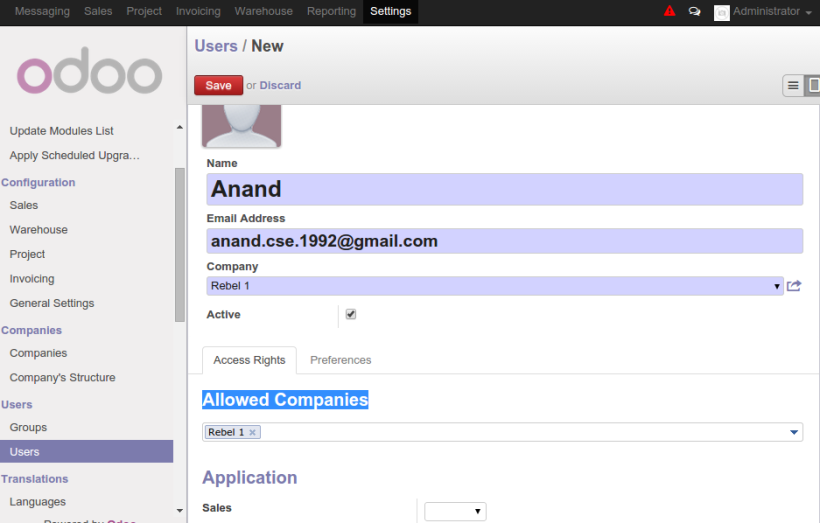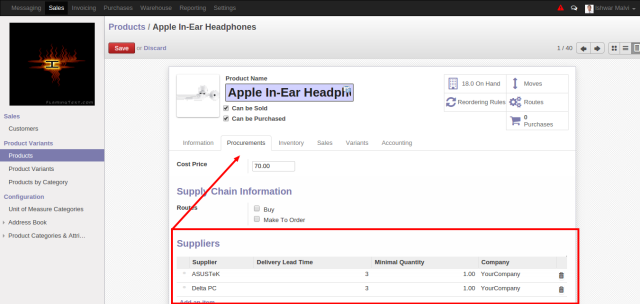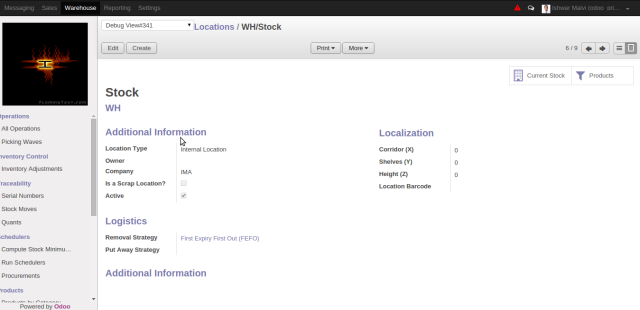Costing is one of the most familiar term in Accounting, you can certainly think of that Activity Based Costing is an extended version of it! As we all know that revenue and costing are equally important for any business, because based on those figures company can view its current situation and predict future. Here you can say that Activity Based Costing goes few steps inside of general costing, through which you can identify all your costing which are being spent on different activity of your business. That costing can be related with both, time and money.
This concept is discovered in mid 80’s, and during that time, it was mostly used for manufacturing. Although when time goes by, it has started to be included into service sector as well. Though as we know, situation of both are different, but as both runs with more than one activities, it was being implemented there also. And yes, as you can think of, at initial state, as it was quite different from general costing, it does not get that much notification and was not popular also, as it was very much hard to implement with existing system. But in time frame, it was simplified and started gathering popularity. Company were started to see potential into that and look forward to adept it. Let’s see some of that vital aspects of it.
Identify your costly activities!
In most case, this concept is used for manufacturing sectors. While producing goods, a manufacturing unit does many process, and when raw material goes pass through all those, at the end, we have finish products. Costing of the product will be included into valuation of end product, with conventional costing (contain material, labour and overhead costs), what happens that those costing being spread equally to all produced product. Now, one can think that what is wrong into that ?? Let’s take an example of that. In one company, before giving approval to their final product, it needs to go through quality control test. In product A only one check is required, while in product B, they need to check it 3 times! So actually cost of product B should be higher than product A, but in conventional costing, it’s being divided equally to both, and in the end company cannot have right data that which is more beneficial for them, as they will not have right margin data for those.
Listing few of those here,
We have seen that in certain case, we need to do more inspection for certain kind of products, if company is doing business of requirement based operations, there will be more different activities to look out for. Like to manufacture same object, at certain time, they need to purchase raw material less, while in certain circumstances, they need to purchase it more. Same applies for production time, and number of resources being used into those orders and quality control check.
Besides that, there will be an R&D department, which always keep finding new solutions to make product more and more competitive with others. And even more, for that new product, their sales team needs to find new customers, those all things needs to include in that “new and improved” product.
“Cost Pool”, a term used in ABC
Like we discuss regarding different activities, related to costing, there are few of those, which cannot relate directly to manufacturing. Things like administrative expenses, salary of employee etc. So in such case, what we need to do, is to bifurcate those costs into different “pools”, like those activities, which directly attached to manufacturing, should be in first pool, while others will go into second cost pool. Such pools can also have costings like on-site customer services, after sales services, and by after making analysis those data, one can identify most costly order.
With getting details from ABC, we can easily identify those products, which in certain circumstances, costs more, and some of those costs less. With the help of those data, management can take premeditated decision which can be more beneficial for company. Here, past history of those data can be very much helpful as they can predict expected costing and determine sales price of that. Yes, those data may not be 100% accurate, but it can certainly help. While we have all the activities and their cost pre-defined, one can try to remove/replace few of those to make it more cost effective.
Things to watch out for
ABC is indeed a very nice tool, but also it has few things which can make this tough to implement into your existing system. One of the main thing is to initialized costs with different activities, and if some of those not being measured into your system, that it will be not possible to get those details, and some time it’s become even more costly to manage those activities into your system. Also, there can be situation that it can be hard to define exact time of particular machine, worked how much for one particular product, as it’s doing multi tasking for more than one product at the same time! And that effect into end report as well, where we may not have accurate details for those.
Even more, it’s become more hard to expect right data, when input of that is dependent on end user. So when asking end user to enter worked hours into system, most of them have tendency to add full 100% of their hours, which is very near to impossible, as there will be such time, on which they have not worked.
There are more pros than cons of ABC, as now most of the manufacturing units have started to implement it. While it needs to be taken care of while implementing, proper details should be gathered, right activities has to identified and appropriate costing method is applied to each product. Because than only it can sustain for a long period of time, and company can take good benefit from those details.
ABC in Odoo
Like other well known ERP system, Odoo also provides basic concept of ABC. In Odoo, one can get those details via Analytic Accounting. However, ABC touches many such activities, which currently cannot be managed automatically, even in Odoo. Yes, if those being entered manually into system, with quite a good care, than we can have those details. But to make system to get those things done automatically, high level of customization is required. So that can save time and cost of company, and can have required details on their dashboard!




















